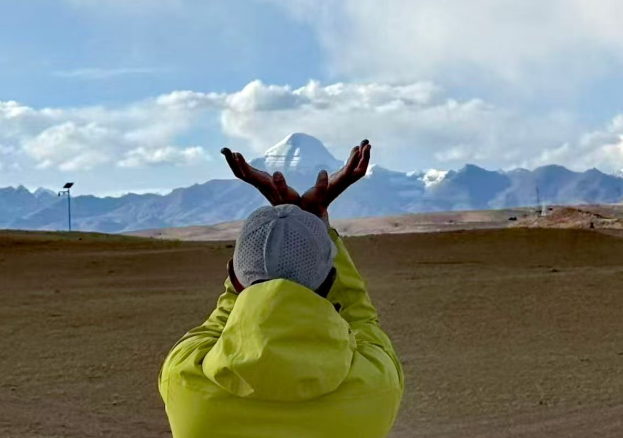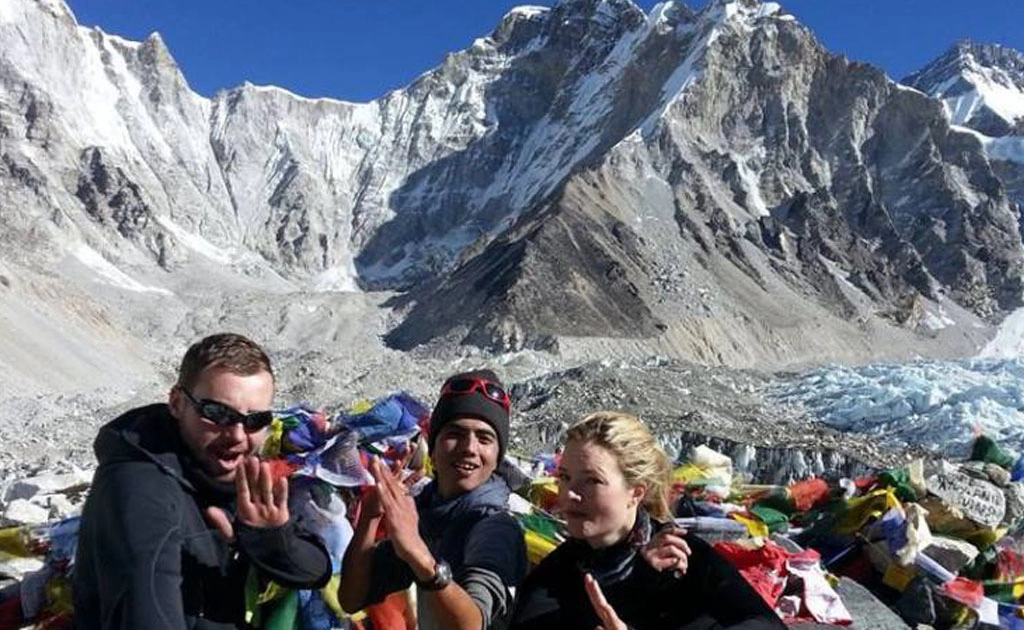Introduction
The Kailash Mansarovar Tour is not just a travel itinerary—it’s a once-in-a-lifetime spiritual and physical journey. Located in the remote western region of Tibet, Mount Kailash and Lake Mansarovar are two of the most sacred pilgrimage sites in the world. Revered across multiple religions—Hinduism, Buddhism, Jainism, and Bon—this region has remained untouched by modernity, retaining its ancient mystique and spiritual power.
From navigating high-altitude trails to performing the holy parikrama (circumambulation), the Kailash Mansarovar Tour offers a blend of challenging adventure and profound inner peace. a seeker of truth, the experience promises to be transformative.
The Sacred Significance of Mount Kailash and Lake Mansarovar
Mount Kailash (6,638 meters) is believed to be the celestial abode of Lord Shiva in Hinduism. The mountain is unique because it is considered so sacred that climbing it is forbidden—no human has ever reached its summit. According to scriptures, one who performs a full parikrama of Mount Kailash is cleansed of all sins and gains liberation (moksha).
Adjacent to it is Lake Mansarovar, one of the highest freshwater lakes in the world, located at an elevation of 4,590 meters. Hindus believe the lake was created in the mind of Lord Brahma, and its waters hold miraculous powers. Bathing in or drinking from the lake is believed to cleanse one’s soul.
For Buddhists, Kailash is known as Mount Meru, the center of the universe, while Jains believe it is the site where Lord Rishabhdev attained liberation. Followers of the ancient Bon religion see it as the spiritual seat of their founder, Tonpa Shenrab Miwoche.
Main Routes to Kailash Mansarovar
There are several ways to undertake the Kailash Mansarovar Tour, depending on nationality, budget, and fitness level.
1. Via India (Lipulekh Pass) – Government Route
Organized by India’s Ministry of External Affairs (MEA), this route begins in Uttarakhand and includes trekking through rugged Himalayan terrain via Dharchula, Gunji, and Kutti.
- Duration: 23-25 days
- Mode: Trekking + local vehicles
- Eligibility: Indian citizens
- Difficulty: High (physically demanding)
2. Via Nepal (Simikot-Hilsa Route)
This is the most popular international route and begins from Kathmandu, proceeding to Nepalgunj, Simikot, and then to the Tibet border via Hilsa.
- Duration: 12-16 days
- Mode: Flight + helicopter + jeep
- Eligibility: All nationalities
- Difficulty: Moderate
3. Helicopter Tour (Nepal)
This luxury option includes helicopter rides to reduce travel time and physical stress, ideal for elderly pilgrims or those with time constraints.
- Duration: 9-12 days
- Mode: Helicopter + SUV
- Difficulty: Low
The Kailash Parikrama: The Heart of the Journey
The 52-kilometer Kailash Parikrama is the spiritual highlight of the tour. It usually spans three days and covers extreme terrain at high altitudes, including the infamous Dolma La Pass (5,630 meters), the highest point of the journey.
- Day 1: Darchen to Dirapuk (18 km) – offers the first majestic views of the north face of Kailash.
- Day 2: Dirapuk to Zuthulpuk (22 km) via Dolma La – the most challenging day due to steep ascents and descents.
- Day 3: Zuthulpuk to Darchen (12 km) – concluding the sacred loop.
Many pilgrims report a deep spiritual connection during this phase, experiencing moments of emotional release and divine presence.
Preparation and Fitness
High altitude, cold weather, and remote terrain make physical and mental preparation critical.
Recommended preparations:
- Begin cardio training 2-3 months prior
- Practice yoga and breathing exercises
- Take altitude training, if possible
- Get a full health check-up before travel
Packing essentials include:
- Thermal clothing and windproof jackets
- Good-quality trekking shoes
- First-aid kit, medicines for AMS
- Sunglasses, sunscreen, and dry food items
Weather and Best Time to Visit
The best time to undertake the Kailash Mansarovar Tour is from May to September, when the weather is relatively dry and the mountain passes are open.
- May-June: Clear skies, moderate temperatures
- July-August: Warmer days but higher chance of rain
- September: Crisp views, lower crowds
Avoid the region during winter (October–April), when snow and harsh weather make it inaccessible.
Accommodation and Facilities
Accommodation is basic due to the remoteness of the region. Expect:
- Guesthouses or simple lodges in towns like Darchen and Purang
- Tented camps along the parikrama route
- Basic meals (vegetarian) provided by the tour organizers
Modern amenities like heating, hot water, or mobile connectivity may be limited or unavailable. Pilgrims are advised to carry essentials and be mentally prepared for a rustic experience.
Permits and Documentation
Travel to Kailash Mansarovar, especially through Tibet, requires multiple permits:
- Valid passport with 6 months’ minimum validity
- Chinese Group Visa (not individual)
- Tibet Travel Permit and Alien Travel Permit
- Indian citizens via MEA must undergo medical tests and clearances
Travel agents usually manage the paperwork, but early application (at least 2 months before) is advised.
Cultural and Environmental Considerations
Kailash Mansarovar is an ecologically fragile and spiritually sensitive area. All pilgrims must respect:
- No climbing Mount Kailash
- No littering or use of plastic
- Respect local Tibetan culture and religious sentiments
- Avoid loud music, drinking, or disrespectful behavior
Supporting local guides and Tibetan-owned businesses is also encouraged for sustainable tourism.
Conclusion
The Kailash Mansarovar Tour is more than a pilgrimage—it is an encounter with nature, divinity, and one’s inner self. The journey demands physical stamina, mental strength, and spiritual openness. But those who complete it often describe it as a life-changing experience, marked by divine connection, inner peace, and renewed purpose.
Whether you are drawn by faith, curiosity, or adventure, standing before Mount Kailash and witnessing the serenity of Lake Mansarovar will etch a memory in your soul forever.
Frequently Asked Questions (FAQ)
Q1. Who can go on the Kailash Mansarovar Tour?
Anyone in good health above the age of 18 (sometimes 10, depending on the route) can go. Indian citizens can apply via MEA, while others must go through private agencies via Nepal.
Q2. Is the journey safe?
Yes, with proper acclimatization, medical check-ups, and experienced guides, the tour is safe. However, altitude sickness is a real concern and should be taken seriously.
Q3. What is the cost of the Kailash Mansarovar Tour?
Depending on the route and duration, the cost ranges from USD 2,500 to USD 6,000+. Government-organized tours for Indian citizens are comparatively economical.
Q4. Do I need travel insurance?
Absolutely. It’s highly recommended to have insurance covering high-altitude evacuation and medical emergencies.
Q5. Can senior citizens or people with health conditions go?
Yes, especially via the helicopter route, but only after medical clearance. The physical demands vary by route, so choose accordingly.
Q6. How can I book the tour?
You can book through authorized travel operators or government portals. Ensure the agency is experienced and offers reliable support in Tibet.










